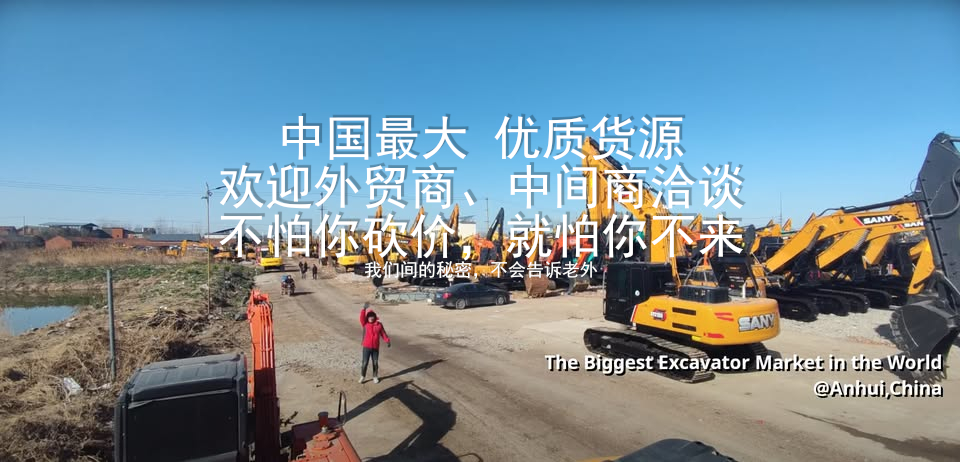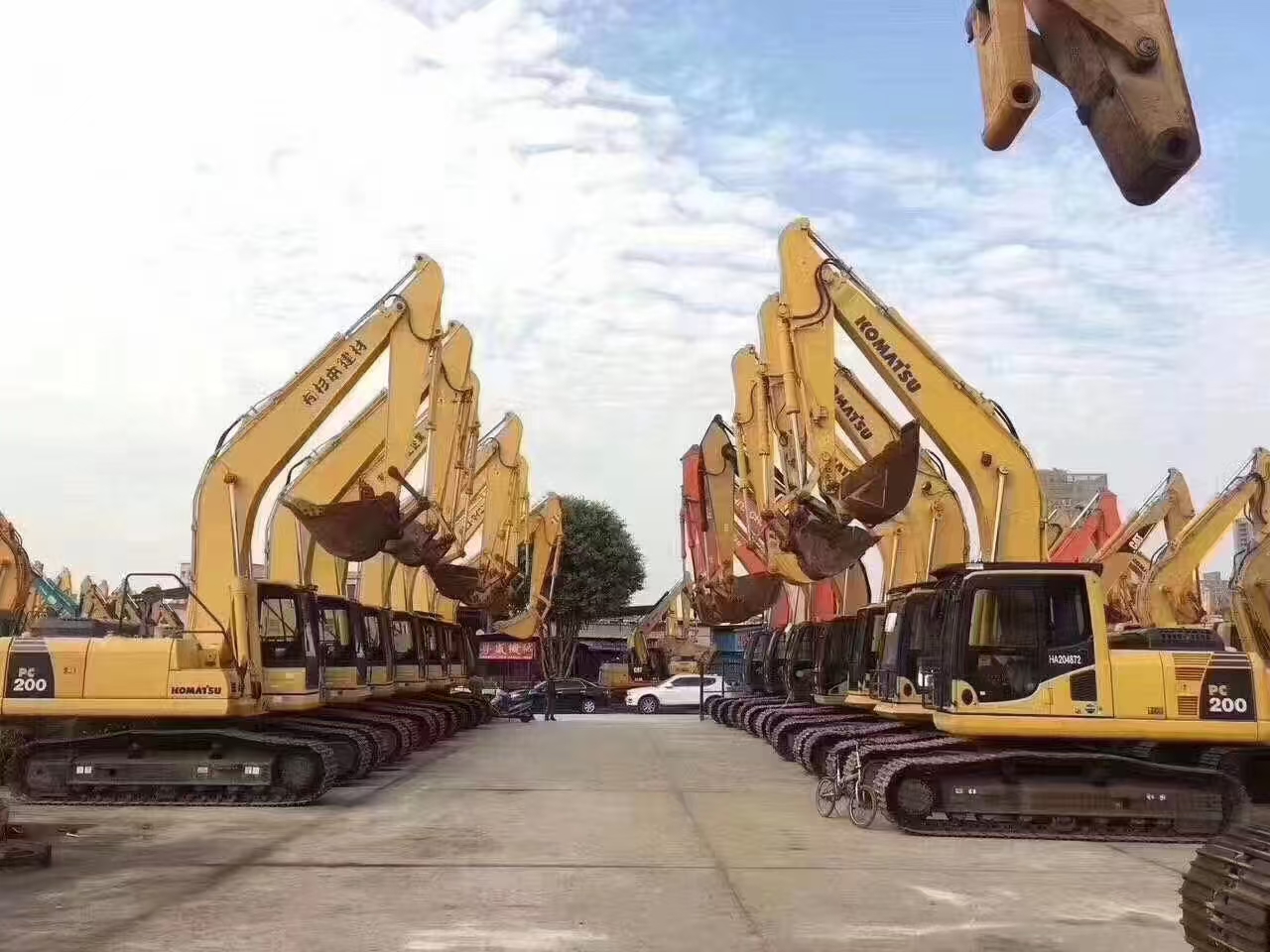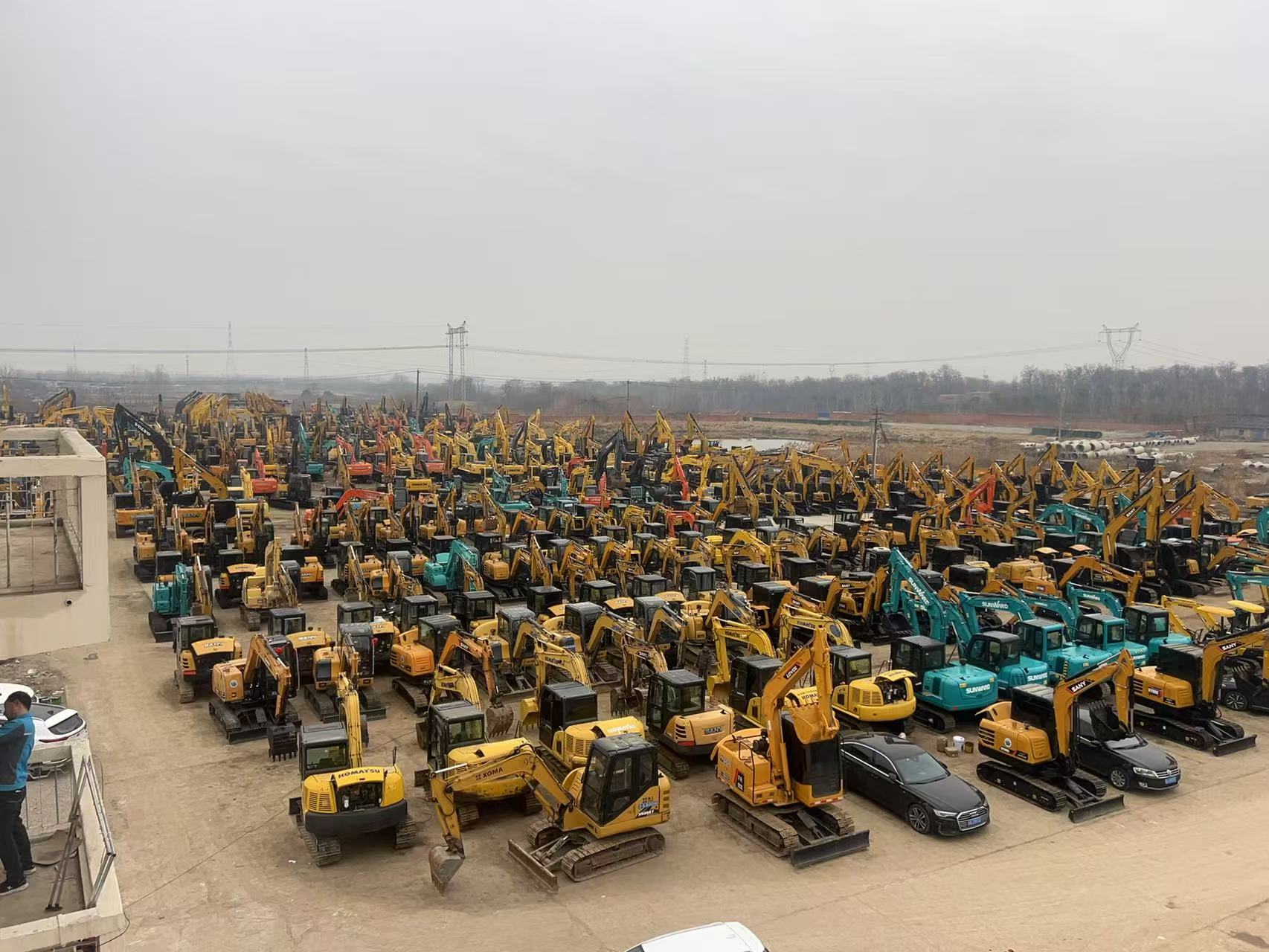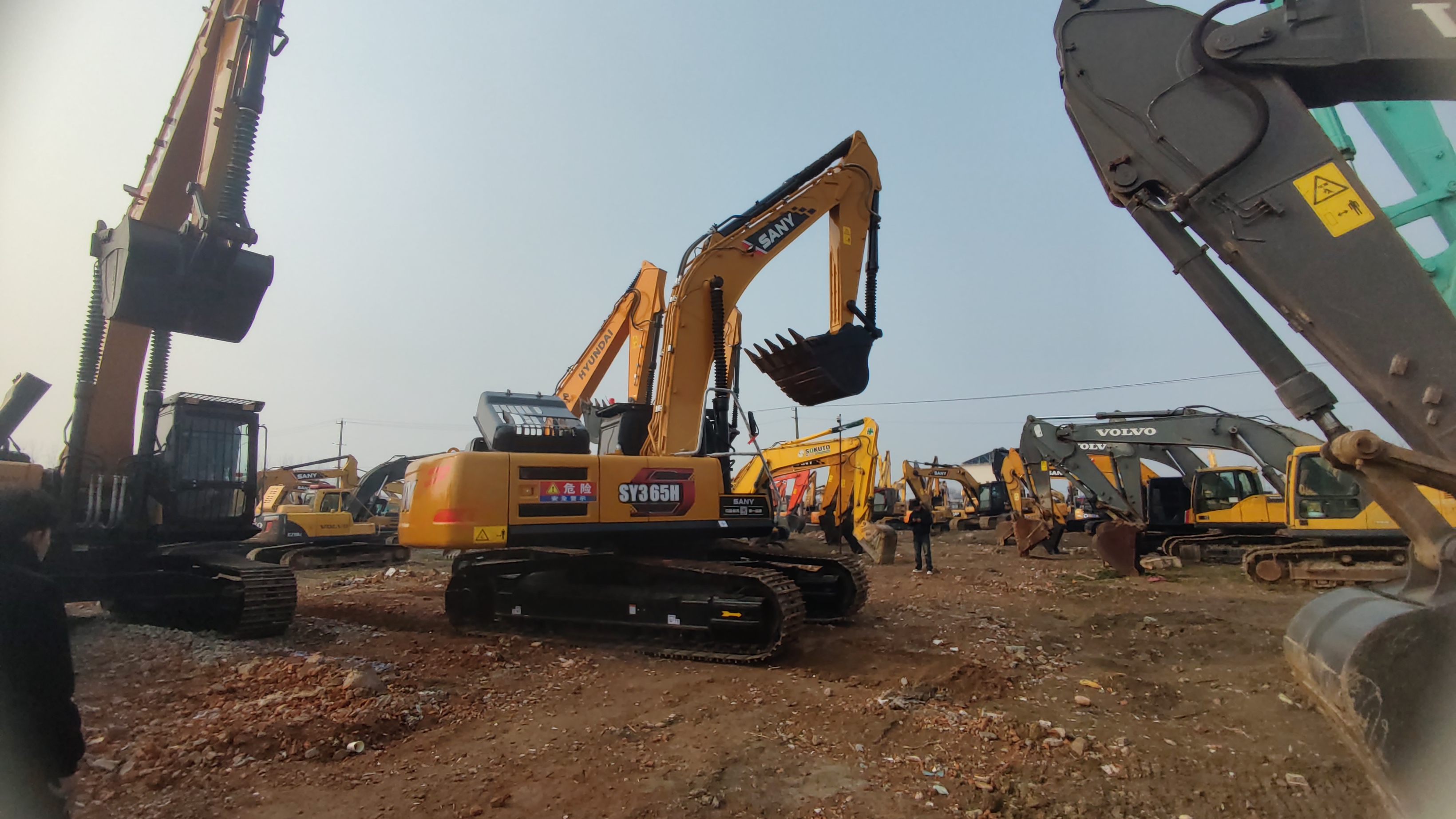Finding a good Excavator mentor is so important
I dropped out of high school in my first year. It was a private school in my hometown, and those who know, know—the learning environment was terrible. Instead of staying, I decided to help ease my family's financial burden. My family suggested I learn to operate an excavator, so I went for it. I went to the site with my father, who works as a formwork carpenter—a tough job. My brother found me a mentor… but I had to wait nearly a month and a half. During that time, I was frustrated and bored.



